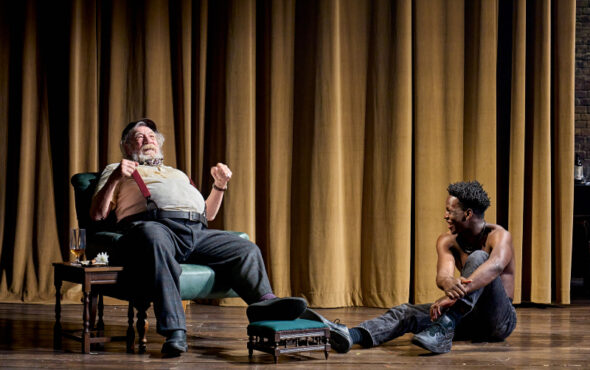
Every October since 2013, the Home Office has released official statistics on the number of hate crimes recorded by the police in England and Wales. Most years, the numbers rise, and pundits scramble to be able to say whether it represents an increase in hate crime or an increase in reporting – is this a bad news story or a good one? With over 90 per cent of anti-LGBTQIA+ hate crime going unreported according to the government’s own research, it seems impossible to really know.
This year, for the first time, the average number of reported hate crimes went down overall – despite an increase in reported transphobic hate crimes, which went up by 11 per cent.
Some people will use these latest numbers to say hate crime levels are declining, but we believe they represent a distrust of the police and the criminal justice system.
Galop has been providing support to LGBTQIA+ victims of hate crimes since the early 1980s and, 40 years on, our national hate crime support services are hearing from thousands of LGBTQIA+ victims of hate crime every year. From what we see in our services, hate crime against our community has not gone down – in fact, demand on our National LGBTQIA+ Hate Crime Helpline has increased by 65 per cent in a single year.
What this means is that the Home Office data is not representing the reality of anti-LGBTQIA+ hate crime. In reality, no one knows how wrong the data is. But it is inarguably wrong.
The problem is, the conversation around hate crime in this country relies so heavily on these numbers that the entire focus becomes about whether or not victims are reporting the abuse that happens to them. This places a heavy burden on victims to come forward to improve the data. There is no discussion about what happens next – about the support a victim might need to return to their daily life, how to feel safe again, what practical assistance they might need with housing, or healthcare, or the criminal justice system – and nothing about how they recover psychologically from being targeted because of who they are.
What we see in our work with victims is that the systems which are meant to protect us are failing. LGBTQIA+ people targeted by homophobic and transphobic neighbours are often told by statutory services that it’s nothing more than “anti-social behaviour” so no further action is taken. We’ve also seen an increase in victims coming to us because their hate crime case has been marked as “no further action” by police.
There is a clear and present need for reform – for more, and better, support services, for reform of the law, and for accountability and monitoring of inaction against perpetrators. This isn’t reflected by an annual release of inaccurate data.
Despite what we know to be true about hate crime, the numbers appear to have influence at higher levels of power, even if they are deeply flawed. Alongside the release of these “declining” figures, it was reported that the government will not be renewing the Hate Crime Action Plan, created to tackle hate crime, even though the last one expired in 2020.
In many ways, it doesn’t matter what the data shows. Each figure represents a time when a member of our community has been abused or attacked because of their identity – and it’s 28,834 too many. Let’s stop asking what these numbers mean – instead, let’s start asking how many of those reports by victims resulted in any action against the perpetrator; what happened to those who didn’t report; and how many got the support they needed, when they needed it.
Galop’s National LGBT+ Hate Crime Helpline can be contacted on 0800 999 5428, or at help@galop.org.uk.



